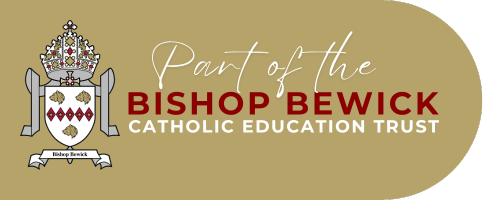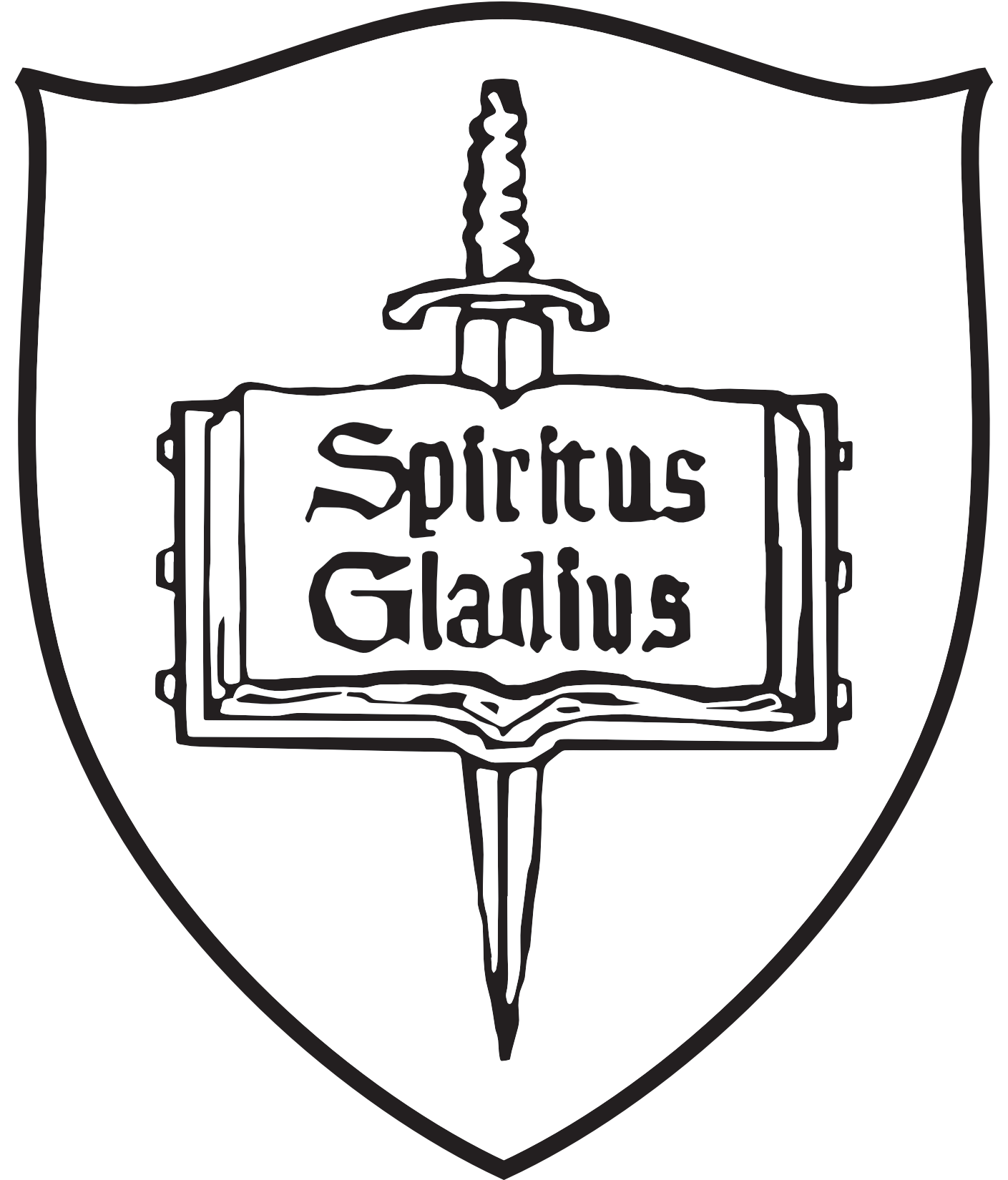
ART
ART
INTENT:
Art, craft and design are essential to developing creativity both as a medium of personal expression and a means of skillfully manipulating tools and techniques to produce intentional effects.Therefore, the purpose of Art and Design at St Paul’s Primary School is to develop an ability to: observe carefully, delineate precisely, respond emotionally and to begin a lifelong, creative relationship with art and design.
All children are challenged and encouraged to excel across all areas of Art. At St. Paul’s, we use a progressive, knowledge and skills based approach which provides an ambitious, experience and visually rich, connected curriculum; accessible to all pupils in school from EYFS to Year 6. We introduce new concepts through high quality art works, modelled examples and playful structures, incrementally building on prior knowledge and enabling all children to access experiential learning when developing knowledge and understanding. Observation, delineation techniques, sketchbooks, core artworks and artists are employed to ensure key concepts and skills are embedded and children can apply these skills confidently.
Ultimately, we want pupils to become fluent in the fundamentals of drawing, painting and sculpture; to be able to evaluate and revise work effectively and creatively. Our approach to Art and Design embraces the National Curriculum aims, and provides guidance to help pupils to become:
Creative Thinkers
Building from a strong foundation of creative artistic play, developed through experimentation, modelled skills and an art rich environment, pupils can frame and articulate their thinking precisely and reflectively.
Proficient Makers
Beginning with a repertoire of core experiences, the conventions of delineation and explorative making pupils move from dependence to independence to co-ordinate the use of design, creative and transcription cues across a broad, varied and exciting range of increasingly complex artworks.
Art Historians
Exploration of a wide range of artworks will enable pupils to become increasingly aware of purpose, form, voice, visual composition structures and themes promoting a broad understanding of the historical and cultural development of a diverse range of art forms.
IMPLEMENTATION:
Art and Design at St Paul’s:
Core Art and Design skills are taught incrementally, focussing on techniques and imaginative responses including sketching, drawing, painting, printing and 3D forms.
A range of thoughtfully selected, high quality artworks are used to inspire all children and give them the opportunity to create fluently, evaluate reflectively and respond thoughtfully.
Art and Design sessions are used to revisit previous learning and ensure knowledge, techniques and skills are embedded before moving onto their next Art and Design lesson.
Children are taught through mixed ability whole class lessons.
Lessons are sequenced and aligned to the whole school curriculum map document to ensure coverage and development of topics, themes and techniques.
Lessons use an observe, experience, imagine, create, refine and reflect approach to guide children through their understanding of Art and Design processes and include direct teaching of vocabulary, art history and cultural development.
Learning links are offered to develop and review children's learning.
Where possible, links are made with other subjects across our Commando Joe’s RESPECT curriculum.
IMPACT:
As a result of our Art and Design teaching at St Paul's you will see:
Fluent artists and designers who have a love for visual and other dimensional art forms.
Engaged children who are all imaginative.
Children who are able to employ a range of strategies to create a varied range of art works, talk precisely about what they have seen and apply a range of creative techniques appropriately to make art forms that resonate with others.
Accurate use of appropriate language by pupils to support and develop art historical and cultural understanding.
Confident children who can all talk about art and design, their learning and the connections between artists and themes.
Lessons that use a variety of carefully designed and selected resources to support learning.
Previously learnt skills used consistently without expertise and flair.
Learning that is tracked and monitored to ensure all children make good progress.


